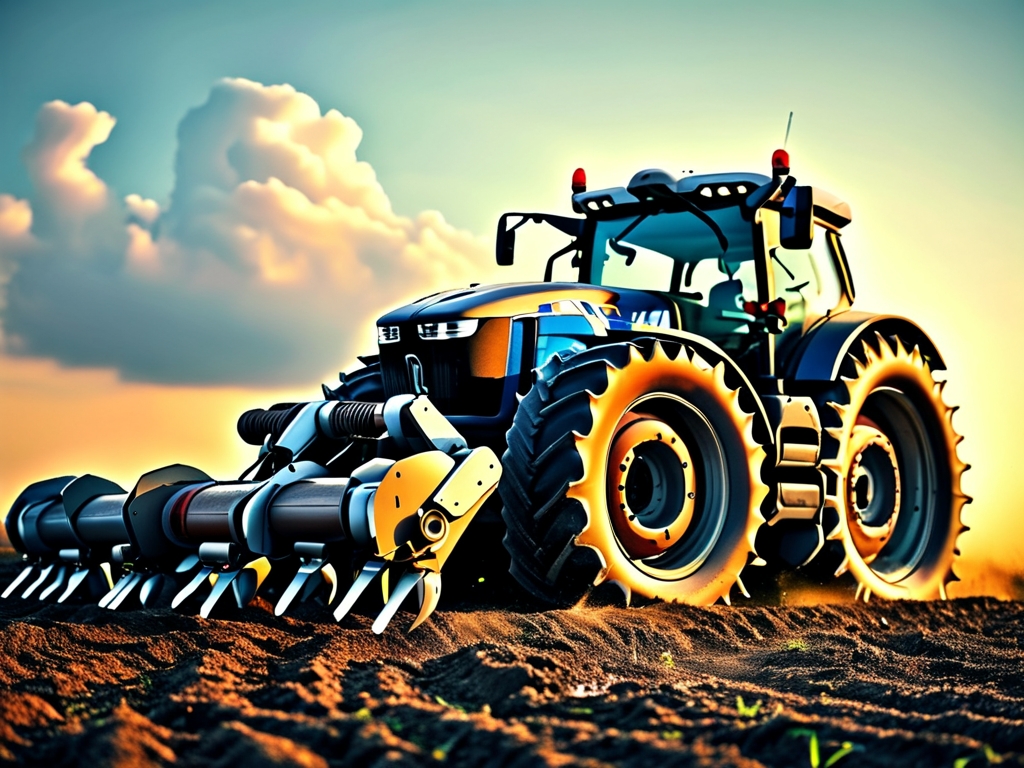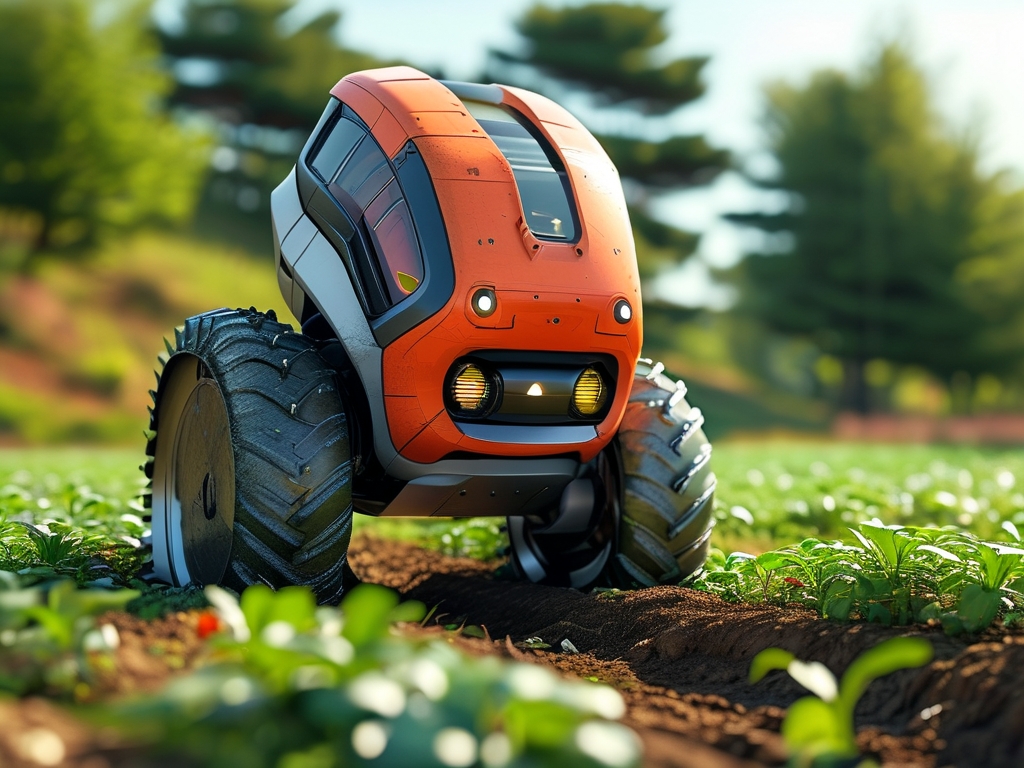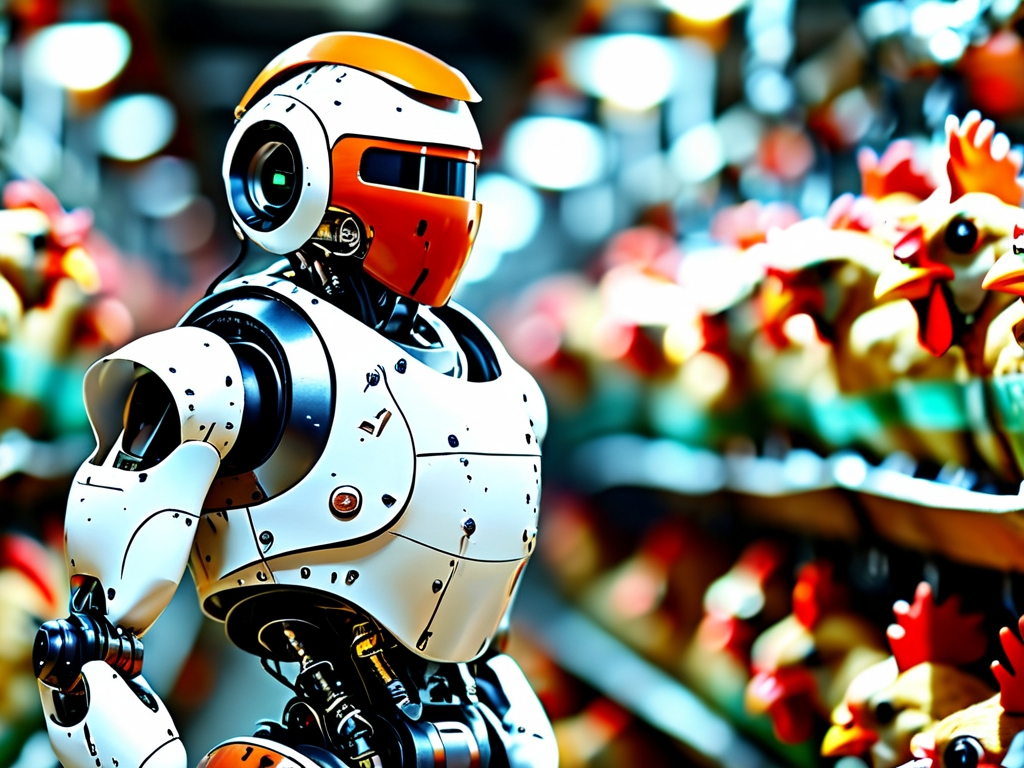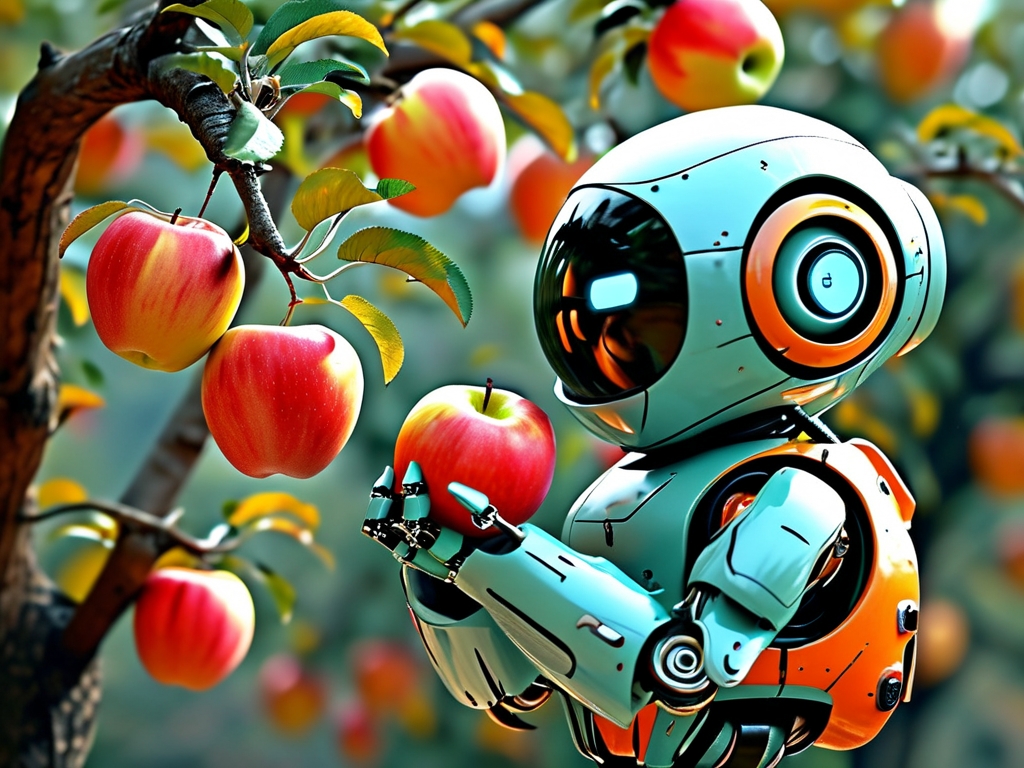The integration of robotics into agriculture has revolutionized traditional farming practices, and robotic plowing technology stands at the forefront of this transformation. By combining advanced sensors, artificial intelligence (AI), and precision mechanics, robotic plowing systems offer unprecedented efficiency, sustainability, and scalability. This article explores the core principles of robotic plowing technology, its operational mechanisms, and its impact on modern agriculture.
1. Core Components of Robotic Plowing Systems
Robotic plowing systems rely on three primary components: sensors, AI-driven decision-making algorithms, and mechanical actuators.
- Sensors: These include LiDAR (Light Detection and Ranging), GPS, and soil moisture sensors. LiDAR creates 3D maps of the terrain, enabling the robot to detect obstacles and uneven surfaces. GPS ensures precise navigation, while soil sensors analyze composition and moisture levels to optimize plowing depth and intensity.
- AI Algorithms: Machine learning models process sensor data to determine optimal plowing paths, adjust for soil variability, and predict equipment wear. Real-time data analysis allows the robot to adapt to dynamic field conditions, such as sudden weather changes.
- Mechanical Actuators: Heavy-duty blades or rototillers, powered by electric or hybrid engines, execute the physical plowing. These actuators are designed to minimize soil compaction while maximizing energy efficiency.
2. Operational Workflow
The workflow of a robotic plowing system follows four stages: mapping, planning, execution, and monitoring.
- Mapping: Before plowing, the robot scans the field using LiDAR and GPS to generate a detailed topographic map. This map identifies rocks, roots, and other obstacles.
- Planning: The AI algorithm calculates the most efficient plowing route, factoring in soil health data, weather forecasts, and energy constraints. The system avoids over-plowing to preserve soil structure.
- Execution: The robot navigates autonomously along the planned path, adjusting blade depth and speed based on real-time soil feedback. Electric motors reduce carbon emissions compared to diesel-powered tractors.
- Monitoring: Post-plowing, the robot evaluates soil turnover quality and uploads performance data to a cloud-based platform for farmer review.
3. Advantages Over Traditional Methods
Robotic plowing addresses key limitations of conventional tractor-based plowing:
- Precision: Targeted plowing reduces soil erosion and nutrient loss by avoiding unnecessary disruption.
- Sustainability: Lower fuel consumption and reduced chemical runoff contribute to eco-friendly farming.
- Labor Efficiency: Autonomous operation mitigates labor shortages, particularly in large-scale farms.
4. Challenges and Limitations
Despite its potential, robotic plowing faces hurdles:
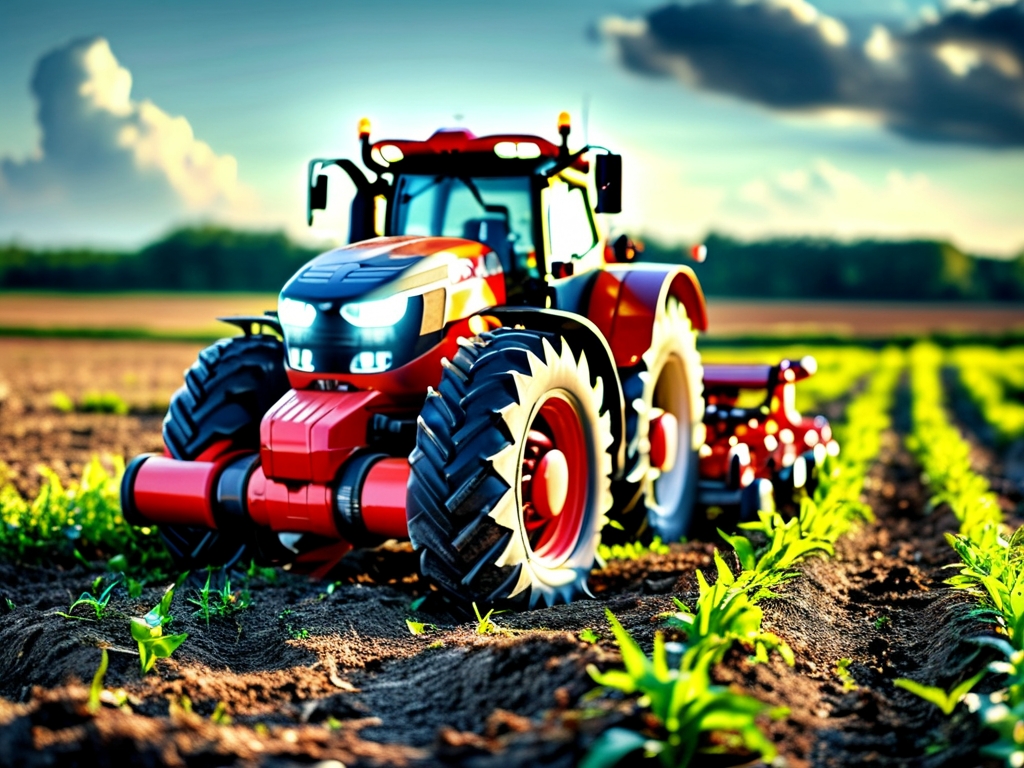
- High Initial Costs: Advanced sensors and AI infrastructure require significant investment.
- Technical Complexity: Farmers may lack the expertise to maintain or troubleshoot robotic systems.
- Dependency on Connectivity: Rural areas with poor internet access struggle to leverage cloud-based AI tools.
5. Case Studies and Real-World Applications
Several projects highlight the viability of robotic plowing:
- AgBot (Australia): This solar-powered robot plows vineyards while analyzing soil health, reducing water usage by 20%.
- Ecorobotix (Switzerland): A lightweight robot designed for small farms uses computer vision to plow around crops without damaging them.
6. Future Prospects
Emerging technologies like 5G connectivity, swarm robotics, and biodegradable sensors promise to enhance robotic plowing systems. For instance, swarms of smaller robots could collaborate to plow vast fields faster, while biodegradable sensors would eliminate electronic waste.
Robotic plowing technology represents a paradigm shift in agriculture, blending precision engineering with ecological stewardship. While challenges remain, ongoing advancements in AI and robotics will likely make these systems indispensable for sustainable farming. As adoption grows, they could play a pivotal role in addressing global food security and environmental degradation.
